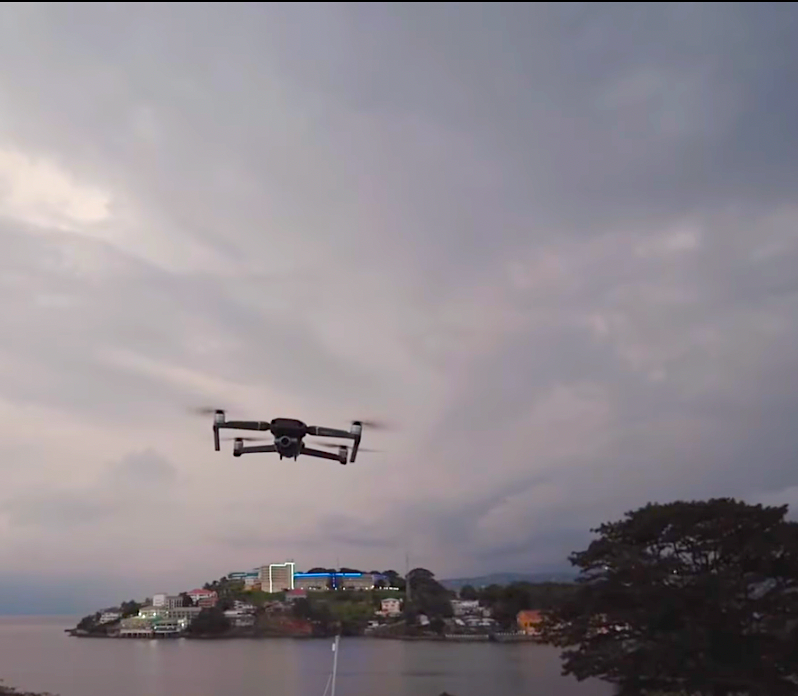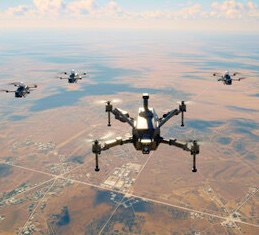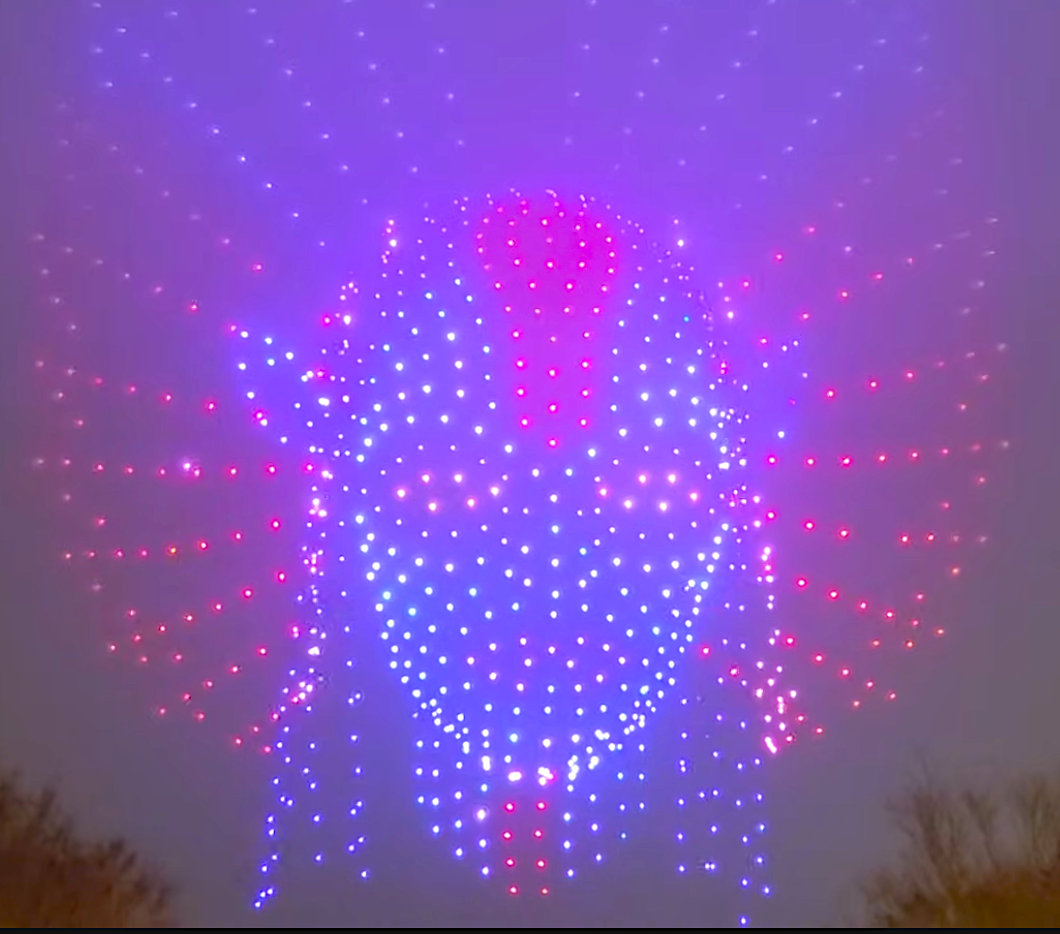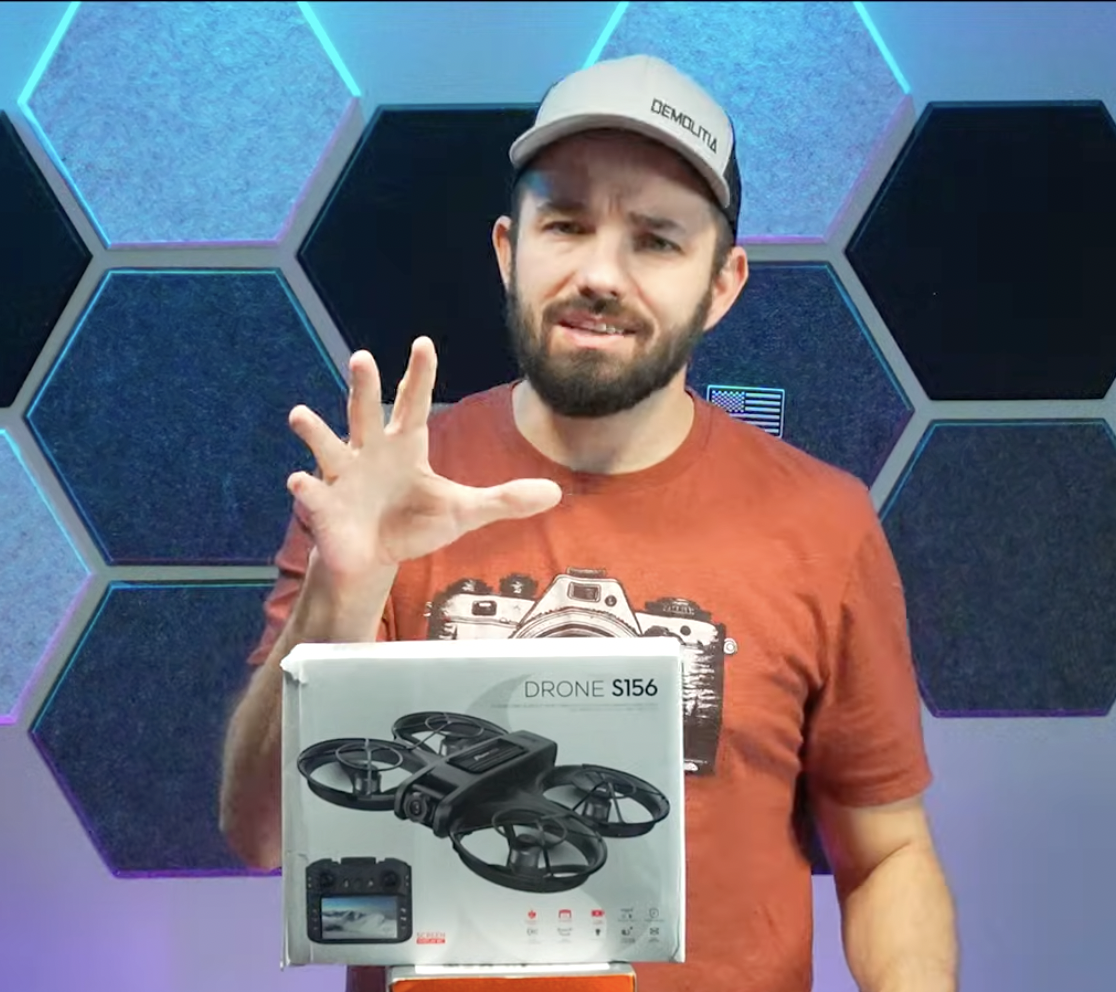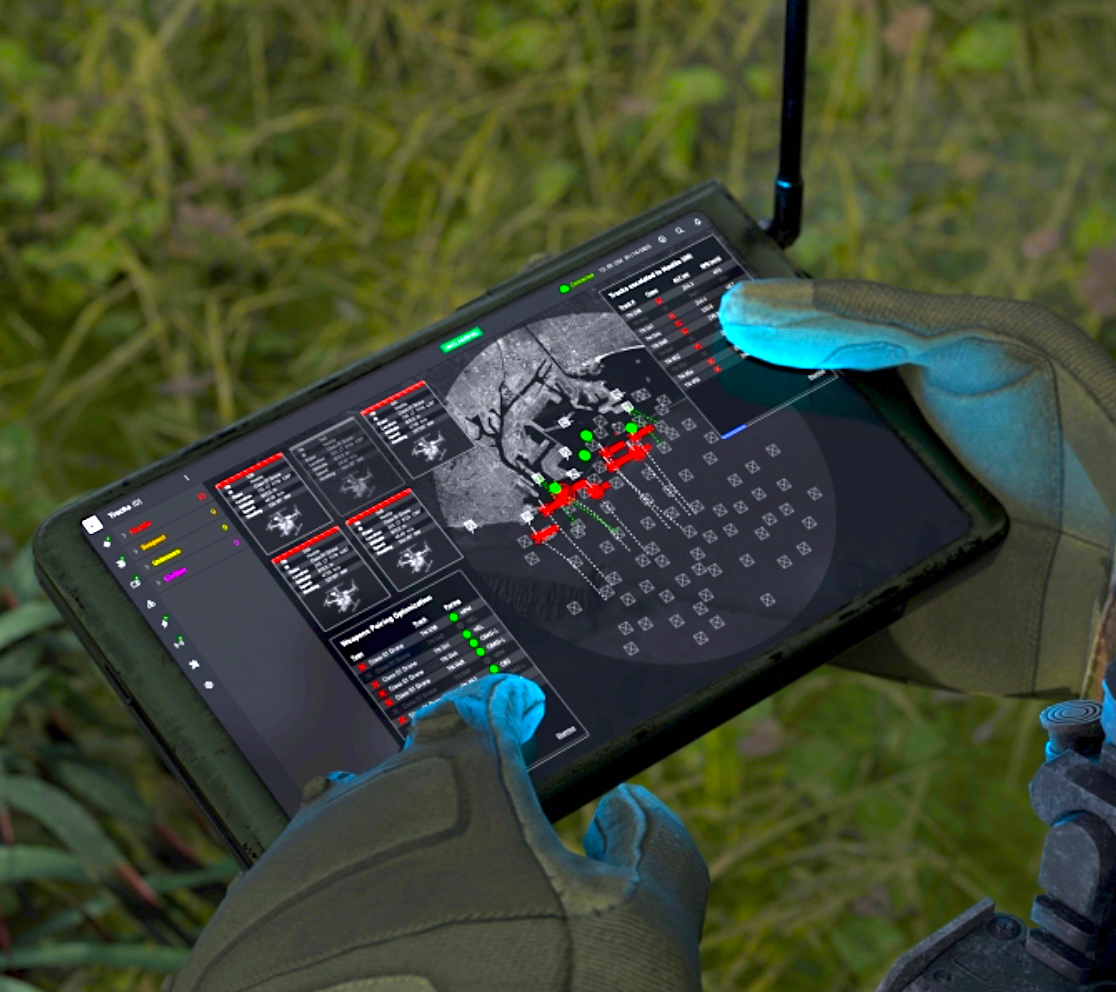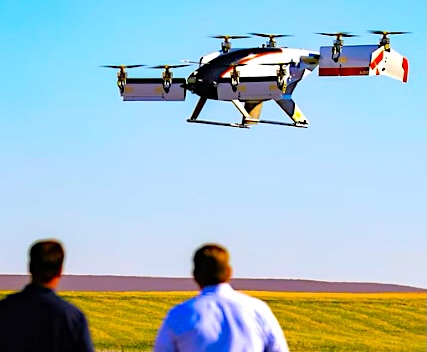Featured NewsEvolving TechHidden Level's Airspace Monitoring Service is Ready for Remote ID
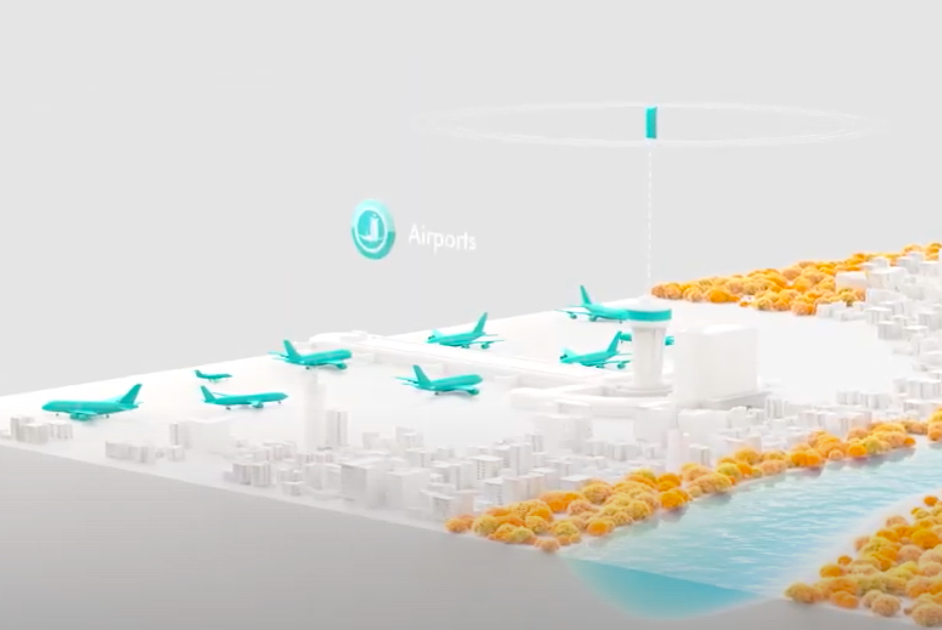
20 January 2023
In 2022, the FAA mandated that every single uncrewed aircraft made and/or sold in America must transmit Remote ID by September 16, 2023.
According to the FAA website, Remote ID allows the FAA, law enforcement, and other federal agencies to identify the control station when a drone flys in an unsafe manner or where it is not allowed to operate. In addition, as more drones fill the airways and undertake myriad tasks, Remote ID will assist in ensuring complex drone operations are safe and secure.
Foreseeing the Remote ID future, drone-sensing company Hidden Level devised its Airspace Monitoring Service (AMS) to track Remote ID, as well as identify drones that either fail to broadcast the required information, or that provide false Remote ID data.
Hidden Level provided its AMS system to the FAA for evaluation last year, and will continue to support the government agency's Airport Unmanned Aircraft Systems Detection and Mitigation Research Program and Saab’s SAFE Airport Event Management system.
"Our AMS can be deployed on existing rooftops and cell towers," Hidden Level CEO Jeff Cole said to Aviation Today. "The focus is on blanketing low-altitude urban airspace to monitor manned aircraft and drone traffic to enable drone delivery, urban air mobility, and other initiatives, while at the same time addressing security and safety concerns."
The privacy-compliant AMS technology does more than "scan" Remote ID like a automobile transponder collecting fees at a toll bridge.
"Remote ID is meant to be a license plate and a transmission of where you are," explained Cole. "We get that information and also detect where it is by hearing a signal in space. We verify and validate that the target is real, the position being reported is accurate, and that the data is not spoofed. If you just relied on that signal telling you where it is, you don’t know if it’s actually there. There are a lot of different systems that can receive Remote ID. We are a broad frequency solution that is built for evolution. As the technology potentially moves into other frequency areas—such as 5G or different aspects of the spectrum based on what the SEC may allocate—AMS will still be able to detect, verify, and validate drone positions."
AMS can also integrate with all the different parties responsible for security and urban-air mobility, rather than, say, the FAA become solely reponsible for the data.
"Once you show [a security team] the amount of traffic out there, it triggers a lot of concern," said Cole. "When it comes to a security mission—a stadium event, a first responder or officer, or potentially an agency that’s involved—each user will have different operations to work in. Our data can integrate into each one, so the teams can reference the same information and work in harmony quicker."
